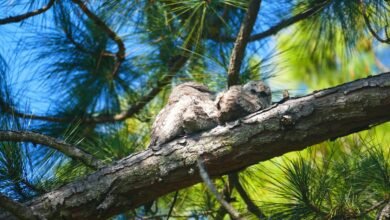Following the fires
31 July, 2021
Yesterday I was listening to Stephen Pyne on Late Night Live talking about fire and climate change.[1] He terms our new era ‘The Pyrocene’. Today I was in Coldwater Creek TSR, wet sclerophyll forest in the Orara Valley (Nana Glen), looking at the effects of the devastating Liberation Trail Fire which began on the 30th of October 2019 and tore through this region.
‘The Liberation Trail Fire covers more than 148,100 – hectares and is burning out of control. The fire has breached containment lines.’ [2]
Tracy Chapman, Glenreagh resident: ‘It’s windy and it’s hot. It was pretty terrifying. Well, it really just started yesterday afternoon: so we had been holding ourselves pretty well and then, all of a sudden, the active front came around on multiple sides. That was very hairy. It just sounds like a freight train coming through. I feel a bit… maybe it is a bit of trauma, I don’t know. But I feel a bit shell-shocked right now. I’m quite angry. I’m just sick of all the debates. Like, stop arguing about what caused frigging climate catastrophes and just know that the reality is: it’s actually unfolding.’[3]

Hardenbergia and Kennedia are scrambling festooning reds and blues.
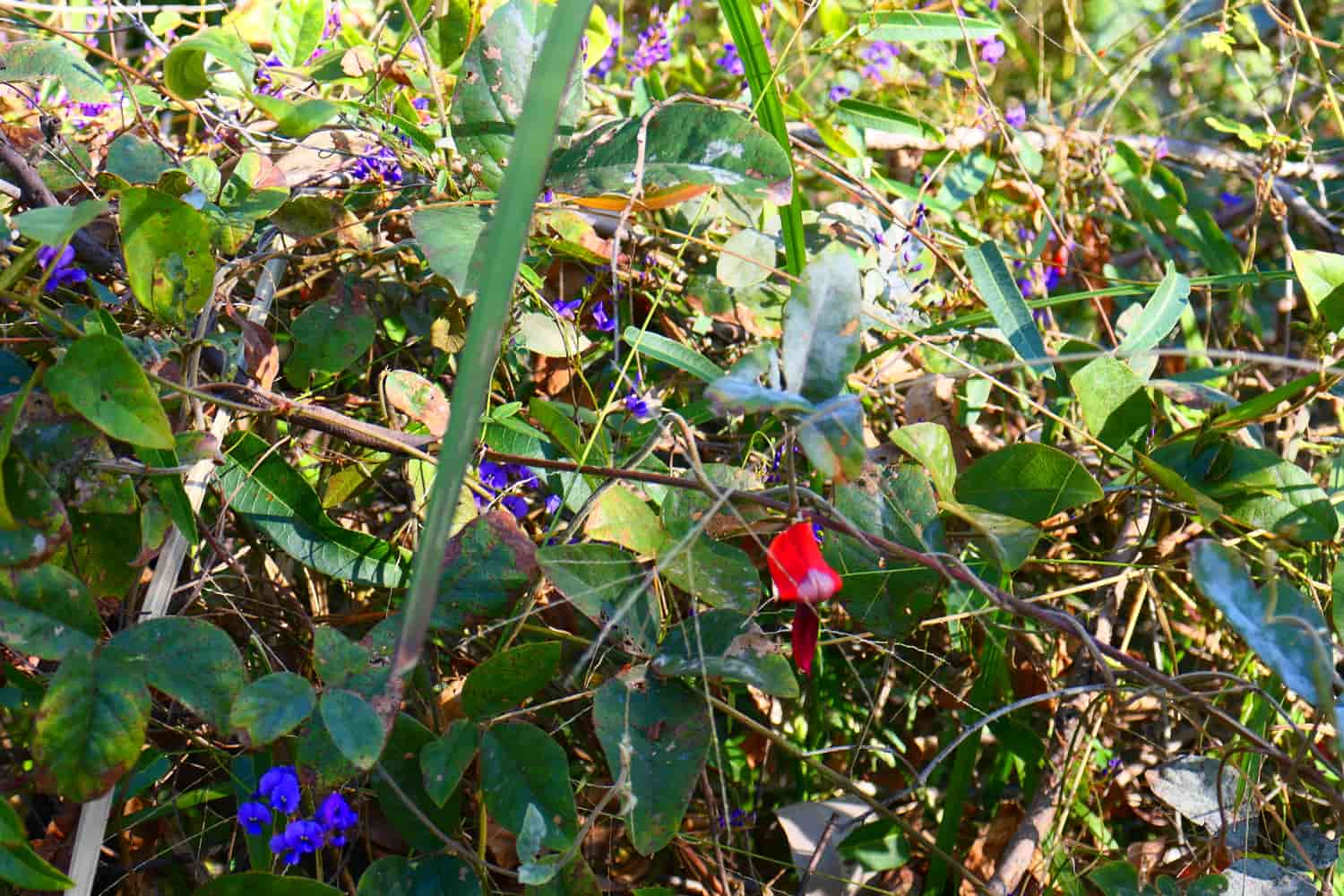
 The cosmic dance of Shiva symbolises the interplay of dynamic and static divine energy flow, containing the five principles of eternal energy — creation, preservation, destruction, illusion and emancipation.
The cosmic dance of Shiva symbolises the interplay of dynamic and static divine energy flow, containing the five principles of eternal energy — creation, preservation, destruction, illusion and emancipation.
 Ironbark, Blue Gums and Red Tallowood the main trees with Red Bloodwoods, apart from the invasive Camphor Laurels which owned 75% of the canopy, before Landcare started removing them a year or so before the fire.
Ironbark, Blue Gums and Red Tallowood the main trees with Red Bloodwoods, apart from the invasive Camphor Laurels which owned 75% of the canopy, before Landcare started removing them a year or so before the fire.
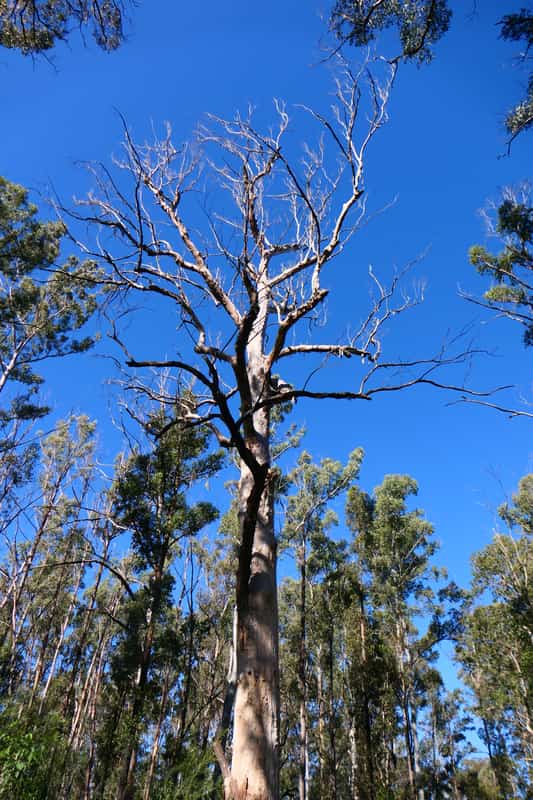
This Swamp Brush-Box could probably have been saved if the roots were soaked in water and given fertilizer.
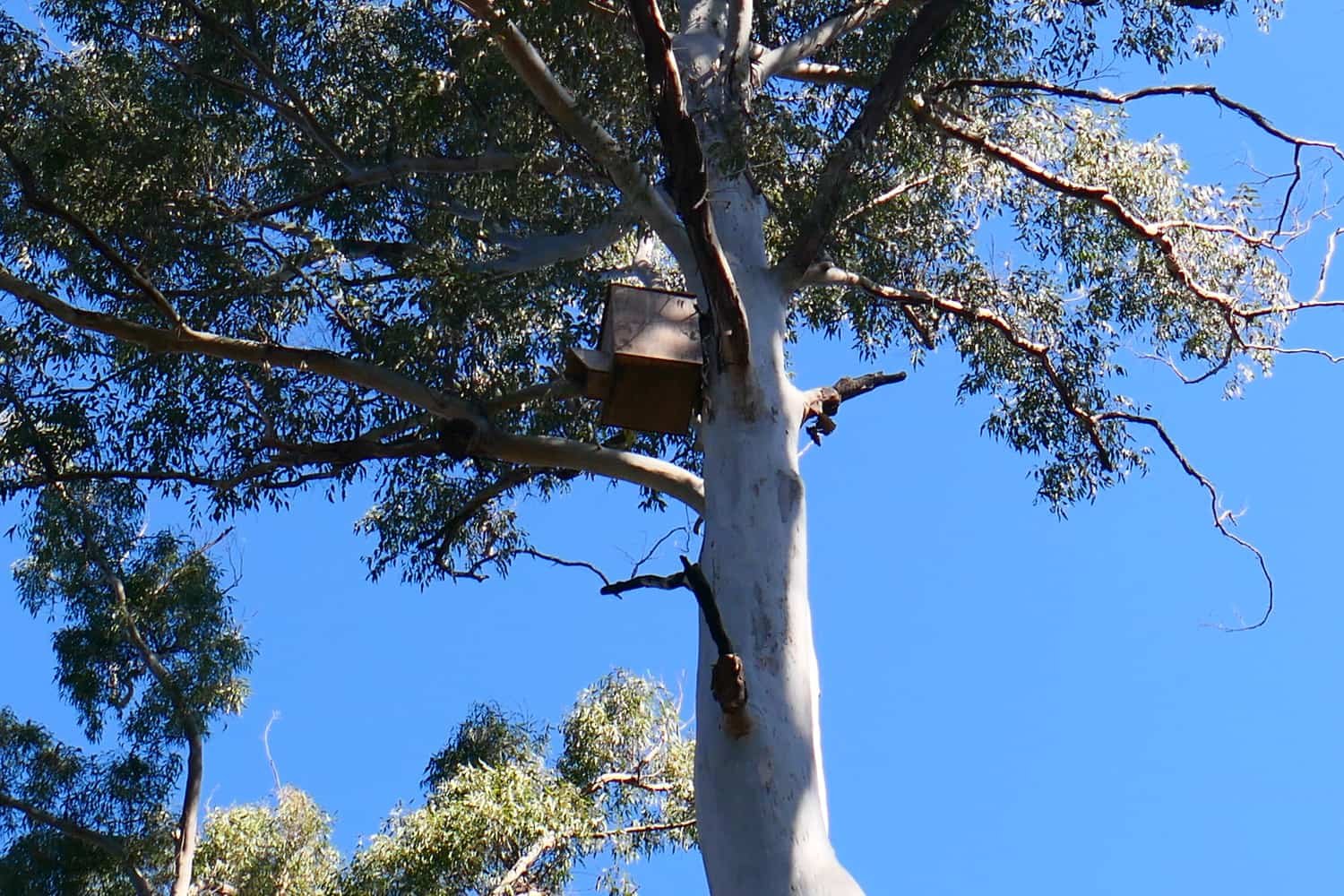 Roost trees had been destroyed so various sizes of bird boxes were erected. This huge one is for a Powerful Owl, installed by an arborist upside down.
Roost trees had been destroyed so various sizes of bird boxes were erected. This huge one is for a Powerful Owl, installed by an arborist upside down.
The pioneers made quick progress, Black Wattle, Privet and Tobacco Plants – they will be left for a while, to give some cover.
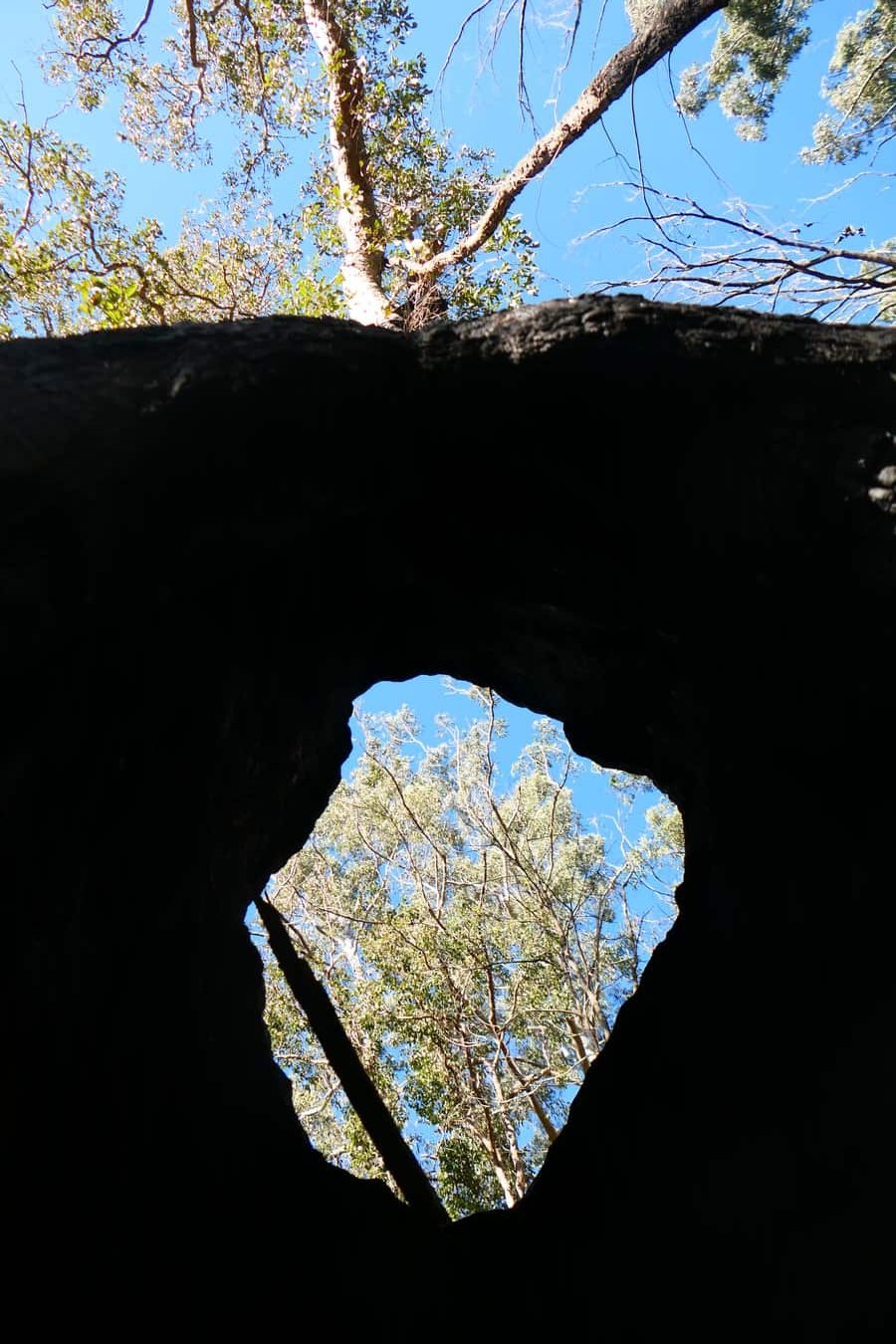 This Swamp Box suffered major damage bit is still alive.
This Swamp Box suffered major damage bit is still alive.
Plenty of holes in the ground, the bandicoots have returned. The Land Mullets haven’t been seen back yet.
‘Humans and fire forged an alliance in which each would expand the range and power of the other. Together, they could interrupt the cycle of frost and thaw that had characterized the Pleistocene . . . That changed when people, ever eager for more fire power, turned to lithic landscapes. Revealingly, the earliest steam engines were used to drain coal mines to make more fuel available. These combustibles have proved essentially unbounded and so have their byproducts, which are no longer constrained by the primordial rhythms that governed fire over the past 400 million years. In setting after setting, this pyric transition — the shift from burning living to burning lithic fuels —has remade where and how people live’. Stephen Pyne[4]
‘In a fire-prone place, the choice is not whether the land will burn but when and with what effects.’
‘A fossil-fuel civilization has already baked into the future a new climate and patterns of economy and society. Even if fossil-fuels were abolished tomorrow, the lag times would leave us with hazards and risks for many decades. We will have a lot more fire.’
As Cook sailed up the east coast there was smoke and fire visible all along. Firestick farming or cool burning was used to burn old growth (preventing out-of-control bushfires) and promote grass regeneration even in dry seasons. New grasses after fires attracted kangaroos and wallabies, an essential food and woody eucalypt, acacia and other regrowth was controlled. ‘They judged equally what to burn and what not, when, how often, and how hot. They cleared undergrowth, and they put grass on good soil, clearings in dense and open forest, and tree or scrub clumps in grassland.’ Bill Gammage, ‘The biggest estate on earth: how Aborigines made Australia’, The Conversation, 8.12.2011
[1] Stephen Pyne, ‘The pyrocene and the history of fire on planet earth’, Late Night Live with Phillip Adams, ABC RN, 29 July 2021.
[2] Coffs Coast Advocate, 12 Nov, 2019.
[3] ABC 7.30, 13 Nov 2019.
[4] Stephen J. Pyne, ‘The Pyrocene comes to Australia: A commentary’, Journal & Proceedings of the Royal Society of New South Wales, vol. 153, part 1, 2020, p31, p33-34.


